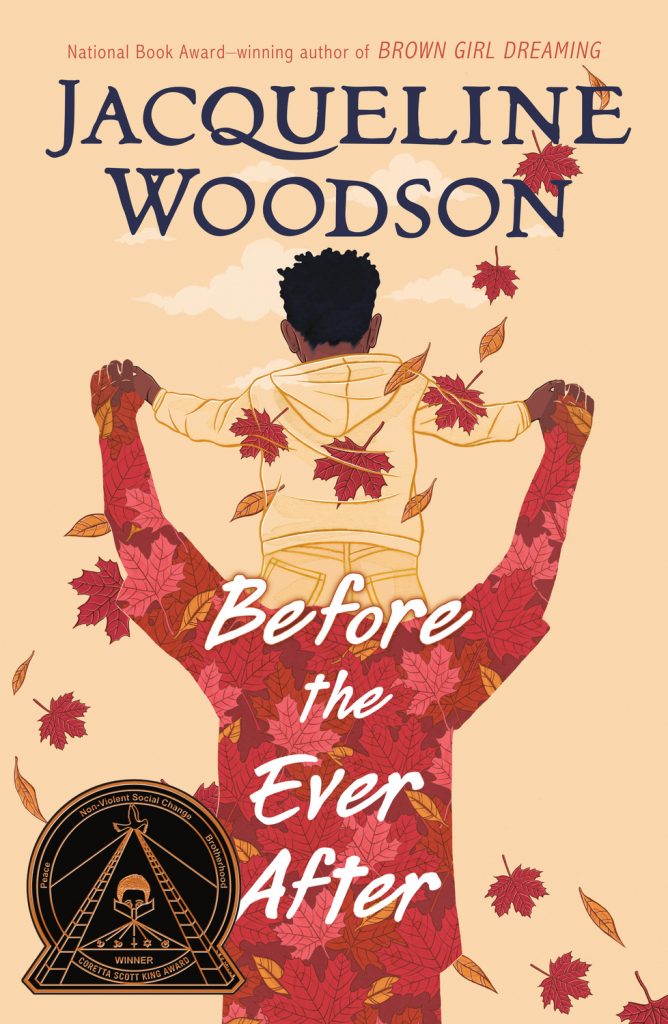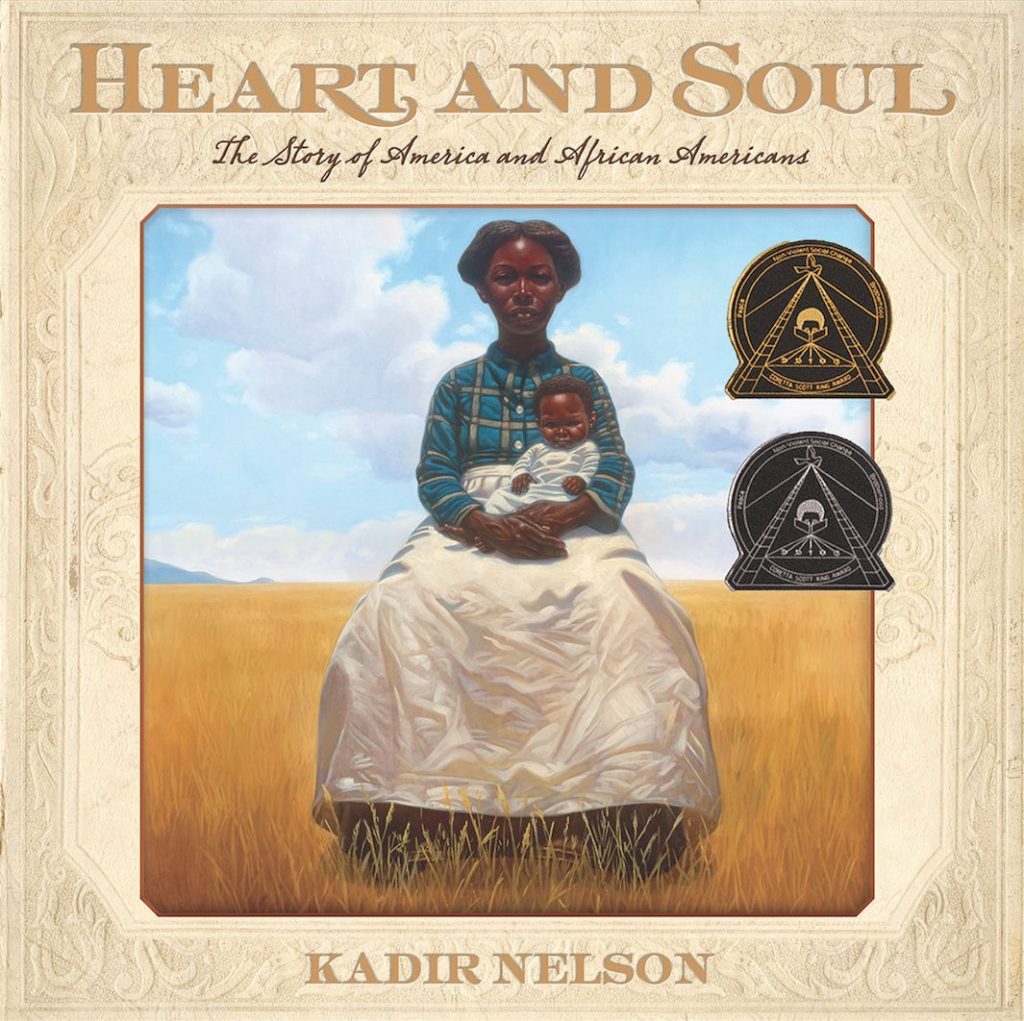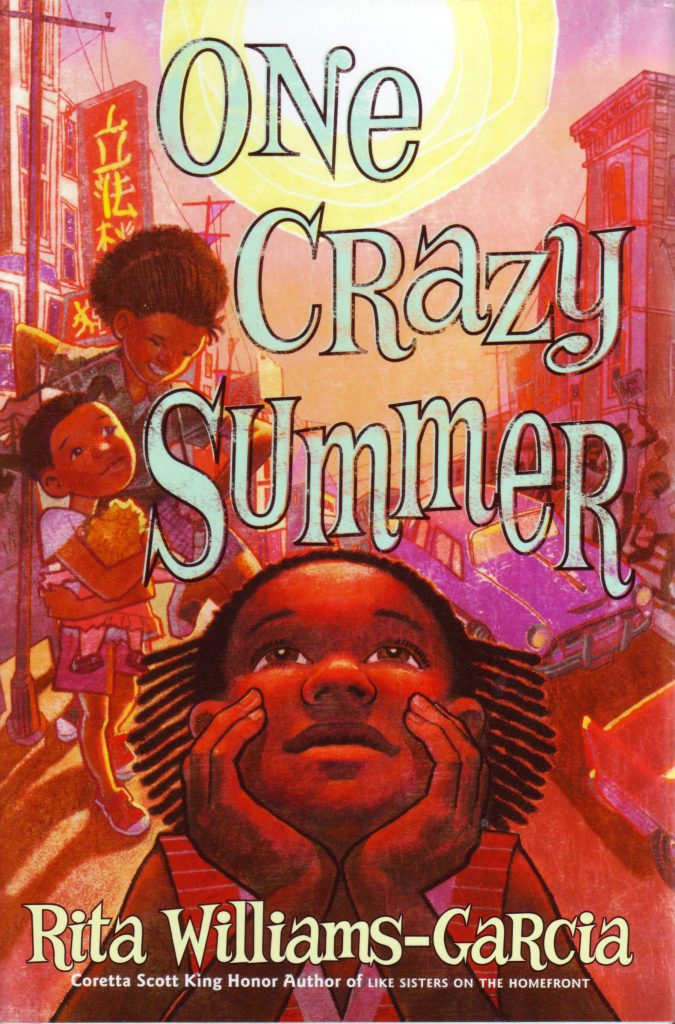
1. Bibliography
Woodson, Jacqueline. 2020. Before the Ever After. New York: Penguin Random House. ISBN 9780399545436
2. Plot Summary
Playing pro football made ZJ’s dad a hero. Daddy is “Zachariah 44,” the famous scorer, the Super Bowl winner, the darling of the press. But lately, he’s been acting strange. Daddy’s forgetting things—famous football players’ names, his own teammates’ names, even ZJ’s name—he’s experiencing horribly painful migraines that leave him bedridden, and sometimes he’s even yelling at ZJ, something he never used to do. ZJ is baffled at first, then shocked, then scared. Why can’t doctors fix Daddy, turning him from this puzzling new man back into the football-loving, music-jamming, kind, and encouraging man that he used to be? Luckily, ZJ has his family, “his boys,” and his music to keep him grounded despite his family’s devastating new reality. Set in the late ‘90s, this family drama written in verse sheds light on CTE, a degenerative brain disease affecting football players (and their families) that remains woefully understudied.
3. Critical Analysis
Before the Ever After tells the story of one eleven-year-old Black boyas he watches a football-inflicted brain injury change his father forever. Told through Woodsen’s lyrical free verse, ZJ’s easygoing-turned-heartbreaking son-father relationship holds its readers transfixed, especially since it’s clear that ZJ, the protagonist and first-person narrator of the story, loves and admires his father and that his father loves and admires ZJ back. When asked whether his dad is his hero, ZJ replies that “Zachariah 44” is more than a hero. His dad is ZJ’s “every single thing.” The two jam out to music and bond over Tupac, Beastie Boys, and Rufus Wainwright. Daddy also becomes like a second father to Ollie, one of ZJ’s best friends. So when ZJ’s father becomes unresponsive, angry, and indecipherable, readers will feel the family’s—and especially ZJ’s—immense sadness and loss. Middle-graders probably won’t have experienced the devastation of CTE in their own home, but they will understand the connection that ZJ yearns to feel with his father and the bittersweetness of losing him over and over again.
ZJ is a believable middle-grade protagonist. His story feels authentic to 1999, from the ‘90s music he jams to (like Prince, Public Enemy, Digable Planets) and the hang-outs he enjoys as part of his group of friends (which he dubs the “Fantastic Four”) to the old pop culture references mentioned by his dad (like The Partridge Family, Minnie Riperton, and Earth, Wind & Fire). He’s also a believable Black character, although Black culture’s place in the novel is discreet, rather than overt. Skin color, for example, is only signaled in the text once when ZJ describes his “daddy’s brown hand” and on the cover art showing ZJ riding on his father’s shoulders. However, reader’s will note that ZJ’s mom believes in God and converses with Him as she tries to understand the reason for her husband’s condition. They will also note that the extended family is important to ZJ’s family dynamic. ZJ is in close contact with grandmothers, cousins, and various aunts and uncles who jump in to help his struggling family. In ZJ’s home, Christianity and the extended family carry immense value and weight.
Although not a “happily ever after” story, Jacqueline Woodson has written a lyrical novel that that takes a powerful stand on football, head trauma, and the rights of athletes. Readers won’t soon forget this one. Before the Ever After would make a great addition to any middle school collection. Highly recommended.
4. Rewards and Review Excerpts
Coretta Scott King Book Award, 2021, Author Winner
Cybils Award, 2020, Middle Grade Fiction Nominee
Goodreads Choice Award, 2020, Middle Grade Nominee
Kirkus Best Middle Grade Books, 2020
Booklist Book Review Star, 2020
From Booklist: “Woodson again shows herself to be a masterful writer, and her meaningful exploration of concussions and head injuries in football, a subject rarely broached in middle-grade fiction, provides young athletes with necessary insights into sport’s less glamorous side. In addition to this, it is a novel that explores family, mental illness, and the healing that a tight-knit, loving community can provide.”
From Kirkus: “Using spare and lyrical language for ZJ’s present-tense narration, which moves back and forth through time, Woodson skillfully portrays the confusion, fear, and sadness when a family member suffers from brain injury and the personality changes it brings. . . . The well-rounded secondary characters complete a mosaic of a loving African American family and their community of friends. . . . A poignant and achingly beautiful narrative shedding light on the price of a violent sport.”
5. Connections
Music plays a large role in ZJ’s life and in his relationship with his father. Play September by Earth, Wind & Fire and Memory Lane by Minnie Riperton, and I Will Always Love You by Whitney Houston, asking middle graders to listen to the lyrics. Then ask them why these songs might be important to ZJ. Ask middle graders to think about what songs are meaningful to them and, if appropriate, allow them to share their selections with the group.
Create a display of Jacqueline Woodson’s books. This selection might include the following:
- Coming on Home Soon. ISBN 9780399237485
- Visiting Day. ISBN 9780590552622
- Brown Girl Dreaming. ISBN 9780399252518
- Locomotion. ISBN 9780399231155
- Show Way. ISBN 9780399237492
- The Other Side. ISBN 9780399231162
*Note—This book review was created as an assignment for a course at Texas Woman’s University.

